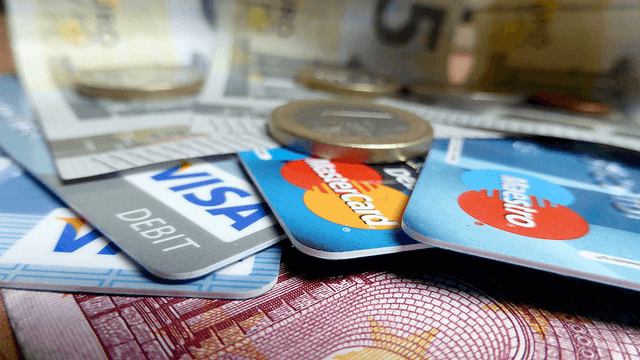
As technology evolves, smartphones have taken over for a series of devices we used in the past on a daily basis. They have phased out standalone music players, compact cameras, books, e-readers, and other devices. We use them to read the news, and we use them to play and keep in touch. And, soon, more of us than ever will use them to pay at supermarkets, grocery stores, post offices, and such. Contactless payments are a very convenient way to pay for goods and services – but are they as secure as using cash or credit/debit cards?
What are contactless payments
Basically, contactless payments are what their name suggests. Credit and debit cards and various other devices from keychains to wristwatches and smartphones equipped with RFID or NFC technology can be used to make payments at compatible terminals without any contact between the two devices – all the user has to do is bring the device in the close proximity of the sensor and the payment will be made.
These transactions are quick – often twice as fast as even paying with cash – and very convenient because, under a certain limit, they can be made without even typing in a PIN.
Paying with your phone
There are several mobile payment solutions offering their users contactless payment possibilities. ATAR pay, Samsung Pay, Apple Pay, Google Pay, Fitbit Pay are perhaps the most widely known and used, but many local banks offer similar payment apps to their cardholders to make their purchases much more convenient.
Depending on the country, the limit on PIN-less spending with contactless cards can be different. In the US, the spending limit is usually set to $100 or below. In the UK, £30 is typically the spending limit.
Is it secure?
In theory, having a card which can be used to pay – even smaller amounts – with no authentication at all might seem counterintuitive. After all, if you lose your contactless card, anyone finding it can use it to make smaller purchases without you even knowing. Thus, issuers have introduced a variety of safety protocols to make contactless payments more secure.
Some contactless cards require their bearer to insert a PIN code after a certain number of transactions. And in most countries, contactless payments fall under the same fraud guarantee normal credit/debit cards do. And customers usually have an extended window of time to reverse any transactions they did not initiate.
Plus, when using contactless payment systems on smartphones, they are protected by several layers of security. This makes them a pretty secure way of making small payments on a daily basis.
